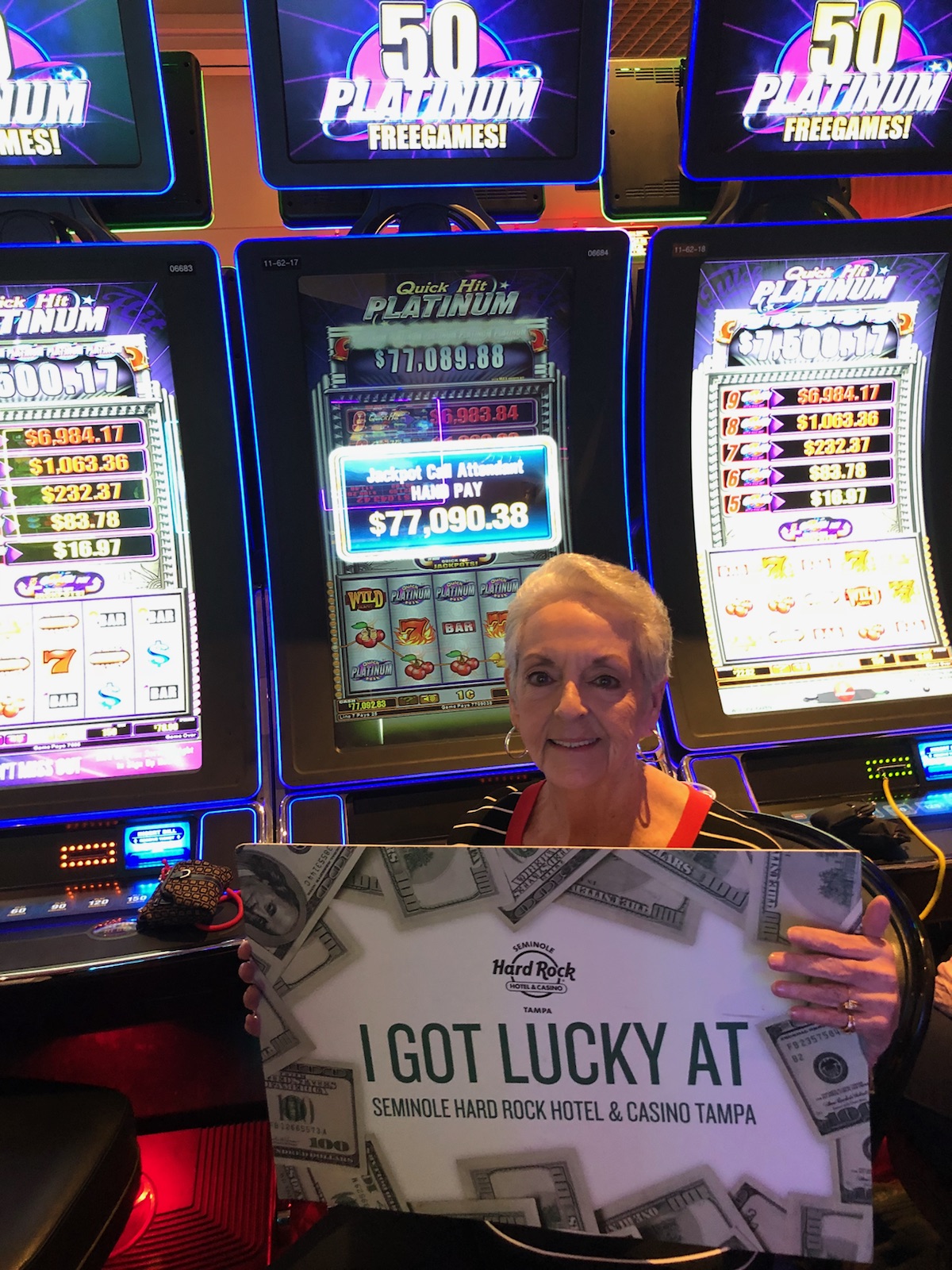Picture Of Slot Machine Winning
Players dream of hitting a big jackpot when they play the slots. When that day comes for you, you'll have questions about the taxes you must pay on the winnings.
Many people enjoy slot machines for their ease of use and exciting possibilities. If you love playing slot machines and want to get serious about winning, you need to find a loose slot machine. A loose slot machine is a machine that has a higher than average payout. With a little cleverness and planning you can be winning large amounts in no time! How to Win at Slots – 15 Actionable Slot Machine Tips & Tricks. For online slots nuts and enthusiasts, the flash of slots games are known for coming in a variety of themes, payouts, paylines and betting platforms, each featuring staggering arrays of winning potential ready to reward with the next big jackpot.
Hand Pay Jackpots
When you hit the winning combination of symbols for a large jackpot, your slot machine locks up. Depending on the machine, the lights on top of the machine may come on and start flashing, music may play or bells ring. A slot attendant arrives promptly to see what you have won.
On jackpots smaller than $5,000, an attendant verifies that you hit the jackpot and then assists you in claiming your money at the cashier's cage. In the case of a large or progressive jackpot, the casino may have technicians come and check the machine to certify that it was functioning properly when the jackpot hit. If you hit one of the wide-area progressive machines such as MegaBucks, the slot company that operates the game comes out and verifies that machine before giving you a check.
When you hit a jackpot, you have the option of taking your winnings in cash or check. Usually, large amounts are paid by check. In the case of the MegaBucks or similar multi-million dollar jackpots, you receive a check for the partial amount, and then you have 90 days to decide if you want to be paid a lump sum or an annual annuity on the balance. If you select the lump sum option, you receive only a percentage of your actual winnings. For example, the full winnings of one multi-million slot jackpot is paid in 25 annual installments, or you can take a lump sum of 60 percent of the winnings.
IRS Withholding
All casino winnings are subject to federal taxes. However, the IRS only requires the casinos to report wins over $1,200 on slots and video poker machines or other games such as keno, lottery or horse racing. When you have a win equal to or greater than $1200, you are issued a W-2G form. This form lists your name, address and Social Security number. The casinos are not required to take out withholding tax on jackpots under $5,000 as long you supply your Social Security number. If you don’t provide your Social Security number, the casinos withhold 28 percent on small jackpots.
You can request a specific amount of withholding tax to be taken out of any jackpot you win. Some players like to do this to avoid a big tax payment in April when they file their income tax returns. The additional withholding may not be necessary if you keep a log book. The law allows you to deduct gambling losses up to the amount of your winnings. You can only do this if you have documentation of your losses. Keeping a diary or log book is the way to do this.
Picture Of Slot Machine Winning
Proper Identification
Casinos can refuse to pay you until you produce proper identification—a photo ID such as a driver’s license, military ID or passport.
Picture Of Slot Machine Winning 6 000 Dollar
If you don’t produce an ID, you are photographed and the casino holds your winnings until you come back with proper ID. For this reason, you should always carry a valid form of identification with you when you visit the casino.
When the casino checks your identification, it also checks your age to make sure you are legally old enough to play. The minimum age for gambling varies from state to state, but under-age gamblers are not be paid if they hit a jackpot. This is the law in all jurisdictions, and it has been upheld in court.
Plan Ahead


Before you start playing your favorite slot machine you should have a plan for the day you hit a jackpot. Players become excited when they hit the big one, and this may affect the decisions you make about your winnings. It is helpful if you know ahead of time how much withholding you want taken out or whether you want a check for all or some of the amount.
Today, the mathematics of slot machines. The University of Houston mathematics department presents this program about the machines that make our civilization run, and the people whose ingenuity created them.
Mathematicians first got interested in randomness by studying games of chance. Ever since, the histories of mathematics and gambling have been intertwined. Clever gamblers use mathematics to look for the smallest advantages, and casinos use sophisticated mathematical tools to devise new ways of drawing in players.
Indeed, a patent granted to the Norwegian mathematician Inge Telnaes in 1984 transformed the gambling industry. Prior to Telnaes’ invention, slot machines were essentially mechanical devices. Besides being difficult to tune and maintain, mechanical slot machines suffered from an essential problem: Let’s look at a machine with three reels, each with 12 symbols, with one of those 12 symbols a cherry. The likelihood of getting three cherries, and winning the jackpot, is 1 in 1,728. If the casino wants to make money, the jackpot payout should be, say $1,700 on a $1 bet. That does not seem attractive by today’s standards. However, the only way to increase the payout is to decrease the chances of hitting a jackpot.
Adding another reel is a possibility. For instance adding a fourth reel in the previous example would get us to a jackpot of about $20,000. But people do not like machines with more reels — they intuitively, and rightfully, feel that extra reels diminish their chance of winning. Another possibility is to put more symbols on each reel. But the astronomical jackpots you see in casinos today would then require truly enormous machines.

Inge Telnaes proposed a simple solution: Let a random number generator — a computer chip — determine the combination of symbols that appear when the reels stop. In other words, use a chip to control where the reels stop on a spin, but create the illusion that the wheels stopped on their own. The number of possible outcomes on the slot machine does not change. However, by reprogramming the chip, the operator has full control over the likelihood of each of the different outcomes. For instance, the operator could make the three cherries appear only once in a million spins.
This was a brilliant insight: Suppose I pick a number between one and a million. Would you be willing to bet that you can guess that number? The answer is probably not. But let a computer chip pick such a number, put the chip in a machine with blinking lights and spinning reels, and many people will be more than willing to make the bet. It is simply because what people assume is happening in a slot machine is very different from what is actually happening.
The Magician oil painting by Hieronymus Boschfrom between 1475 and 1480
The history of gambling is also intertwined with that of a less reputable group — tricksters and swindlers. In the long run, the only sure way to make money by gambling is to create the illusion that your opponent can win, while keeping the odds firmly on your side. And that gives those who know math a very solid advantage.
I'm Krešimir Josić, at the University of Houston, where we're interested in the way inventive minds work.

NOTE: In the example with three cherries, I assumed that one only wins in the case the spin results in three cherries, and there is no other winning combination. In actuality, there are typically many winning combination, and as a result, the jackpot would have to be even smaller.
The following story in Wired Magazine shows the drawbacks of the new generation of slot machines — they are easier to hack and to counterfit than their mechanical counterpart http://www.wired.com/magazine/2011/07/ff_scammingslots/.
Here is a more exhaustive discussion of the history of slot machines, and the random number generators within them http://catlin.casinocitytimes.com/article/non-random-randomness-part-1-1243. You may want to scroll towards the end of the article to read about how flaws in the design of gambling machine resulted in somebody picking 19 out of 20 winning numbers in a game of KENO — and doing so 3 times in a row. That person walked away with $620,000, but only after some controversy.
Both images are from Wikipedia. The slot machine image was taken by Jeff Kubina.
For more mathematics in everyday life, visitkjosic.wordpress.com.
This episode was first aired on September 7th, 2011
